Search result

On Friday, OnePlus released a teaser in a tweet for its upcoming OnePlus 7 Pro phone. The company dunked its smartphone in awater bucket despite the fact that the phone doesn't have an official water-resistance IP rating. And it is trying to show that even without the un-necessary rating phone has water resistance.
The company has taken a stance on IP ratings for resistance to water and dust. It suggests that getting the IP rating isn't cheap. To obtain official water and dust resistance the companies have to spend money and the smartphone manufacturers are transferring that cost down to its customers.
OnePlus seems confident enough that the OnePlus 7 Pro will have enough resistance against water that it can easily withstand a good water-bucket dunk. Still, the company doesn't suggest you to intentionally expose its upcoming smartphone to water. The fine print in the video says "Water resistant under optimal test conditions.
OnePlus makes no guarantees regarding water/liquid resistance." This means that if you are exposing your OnePlus 7 to water, you are responsible for any damage and the company isn't entitled to pay any money for the repair or bound to replace the phone if it does more harm to the phone.
This kind of written warning isn't a new thing. You may find the same printed text on phones that have a high official IP rating. Apple's support page has a disclaimer about any water damage which says, "if liquid damages an iPhone or iPod (for example, coffee or a soft drink), the service for the liquid damage isn't covered by the Apple One-Year Limited Warranty."
You have to buy AppleCare Plus for $6 per month and pay another $100 for the repair, which is what you have to pay even if the iPhone doesn't have an official IP rating. To be fair, the official IP rating is just for peace of mind. In the case of OnePlus Pro 7 you have to take its word for it.

The Chinese brand Xiaomi launched a new smartphone Xiaomi Mi 9T Pro but this is a renamed version of the Redmi K20 Pro which was already launched back in May. It follows the Xiaomi Mi 9T which was itself a renamed version of the Redmi K20. The Redmi versions are available in China, while the Mi 9T models are manufactured for European countries. The rebranding will make sense to some people as Redmi brand isn't well known outside China.
The Mi 9T Pro has some more desirable features than Mi 9T. It has a rear panel with a nano-holographic finish which gives a stunning look. If you hold it in the hand, you can have at an eye-catching flame effect appeared to be deep below the surface. It looks fantastic, and comes in either red or black, but appears to be missing the blue color from the Mi 9T. the body is made of Gorilla Glass 5 on the front and rear. Xiaomi has chosen a 6.4-inch Super AMOLED screen for the Mi 9T, with a resolution of 2340 x 1080 pixels.
With Mi 9T Pro the device goes notch-less as the selfie camera is a pop-up unit on top of the phone. The device is equipped with a 20-megapixel selfie camera, joined by a triple-lens camera on the back, made of a 48-mega pixel main lens, a 13-mega pixel wide-angle lens, and an 8-mega pixel telephoto lens. The phone comes with Android 9.0 Pie out of the box. The Mi 9T Pro has a Qualcomm Snapdragon 855 chip, compared to the Mi 9T's Snapdragon 730. It comes with 6GB of RAM and either 64GB or 128GB of internal storage space. The battery has the same 4,000mAh capacity but gains faster charging. It is announced for release in Europe, the Mi 9T Pro costs 400 euros, or about $443, for the 64GB model, or 450 euros/$500 for the 128GB phone.

Huawei consumer business CEO Richard Yu was recently spotted using the Mate X in an airport. Three months after indefinitely delay the device, Samsung finally announced a revised September release date for the Galaxy Fold on Wednesday. Releasing a phone in September means getting a tough competition with iPhone but it also means getting in front of directly Huawei's Mate X. Huawei's take on the foldable smartphone also broke cover this week after being spotted in the hands of Huawei consumer business CEO Richard Yu at the Shenzhen International Airport, according to a Weibo post spotted by Gizchina.
Although we didn't get any details about when Huawei's competing foldable will launch. The last official statement suggested that the company will release it in September, the same month as Samsung. Huawei's device was due for release back in June but the company had to delay the release to be extra cautious. Huawei's delay was less publically visible. At the time company said that it was taking a cautious approach to release the Mate X. The company spent this time to conduct extensive testing to make sure it was ready for consumers.
As per Huawei it has made significant progress on the device since February but the company didn't reveal any details on what has changed. The hardware is basically the same as it was shown earlier this year. We may not have to long wait until the Mate X release. Samsung had to face PR embarrassment but Huawei's phone was never released for public use. Samsung may have to face the competition but Huawei's license is due to expire on August 19th and this has to clear that what will happen to its OS after that.
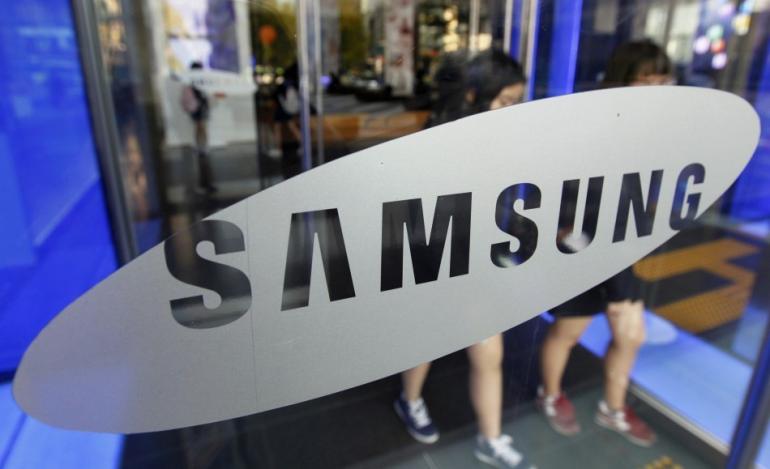
Anyone who thought that Samsung is losing ground to its competitors needs to check their facts again because they have apparently done very well in Q1 2016, as made evident by a 10.4% growth in profit. The impressive figure of $43.3 billion or ₩49 trillion in terms of first quarter sales is a significant increase over 2015's quarter one sales which was $40.7 billion or ₩47.1 trillion.
The profit made from these sales so far in 2016 is even more impressive as the $5.7 billion (₩6.6 trillion) figure shows an increase of 10.45% from last year. Although it is not mentioned anywhere specifically, one can pretty much guess that the incredibly well received Samsung Galaxy S7 and S7 Edge played a very big role here. It was to be expected once you consider that Samsung has shipped over 10 million Galaxy S7s in the month of March alone!
If these numbers are any indication of what's to come then this is going to be a very big year for the South Korean Electronics giant. We do think that the Galaxy S7 is a fantastic smartphone and the sales figure is probably well deserved.
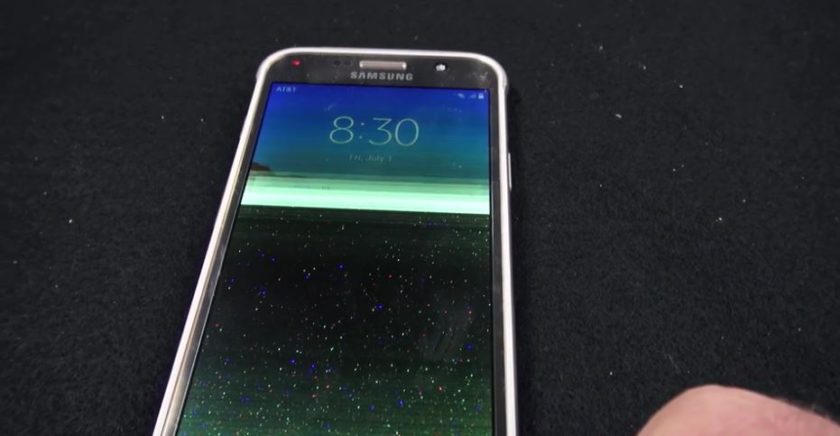
The S7 Active is a rugged version of the regular S7 that's exclusively available in the US and only under a contract from AT&T. This model was supposed to take protection for the S7 to the next level with its rubberised exteriors and bumper casings. However, it has flunked the water-resistance test, according to Consumer Reports. Strangely enough, the regular S7 and S7 Edge had passed the same tests without any issues previously.
The team at Consumer Reports had put a Galaxy S7 Active into a water tank that was pressurized to 2.12 pounds-per-square-inch to mimic the exact pressure which the device would have to face if it was submerged under five feet of water. After 30-minutes, the device was taken out and it was found that the non-responding display showed multiple obtrusive green lines. Small water bubbles could be seen near the two camera sensors and after a few days, the phone became unusable.
The second test under similar conditions with another S7 Active resulted in the phone's display turning off every few seconds and the camera sensors showing water droplets as before. Additionally, this one had even let water sip into its SIM card slot. This unit became dysfunctional within a few days as well. Considering that this should not happen as the IP68 certification guarantees that the device can resist water damage for up to half-an-hour under five feet of water, we were surprised and disappointed. In the light of these test results, we would advise against any water related experiments with your S7 Active for now!
Author: Saikat Kar (tech-enthusiast)
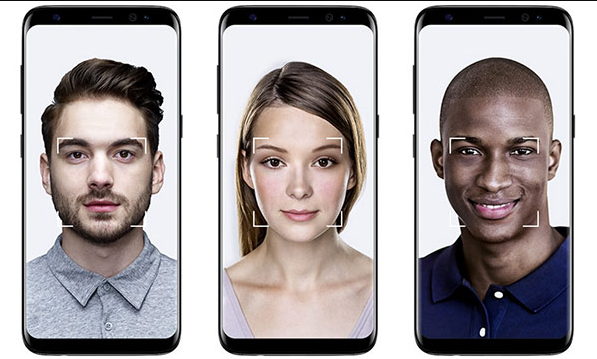
The Galaxy S8 and S8+ showcase an arguable design choice when it comes to the location of the fingerprint scanner. If you are a lefty, reaching it will be tough on a regular basis and even if you are a righty, you may end up smudging the camera lens much more than you may like to. However, as it turns out, the facial recognition feature is blazing fast in unlocking the phone on both the devices. While this does make up somewhat for the oddly positioned fingerprint scanner, the feature isn't as secure as we would have liked it to be.
The lack of security in using the facial recognition system was made apparent by a Twitter video uploaded by MARCIANOTECH (@MARCIANOPHONE). It seems that the Galaxy S8 smartphones are not impossible to unlock even when the face is different and that's not good news for a feature that Samsung has been advertising as one of the main attractions for the Galaxy S8. It is possible that Samsung will be able to fix it by the time the handsets are ready to be shipped to their customers, or maybe they can just release a software update later to take care of it. We will have to wait and see what happens.
Saikat Kar (tech-enthusiast)
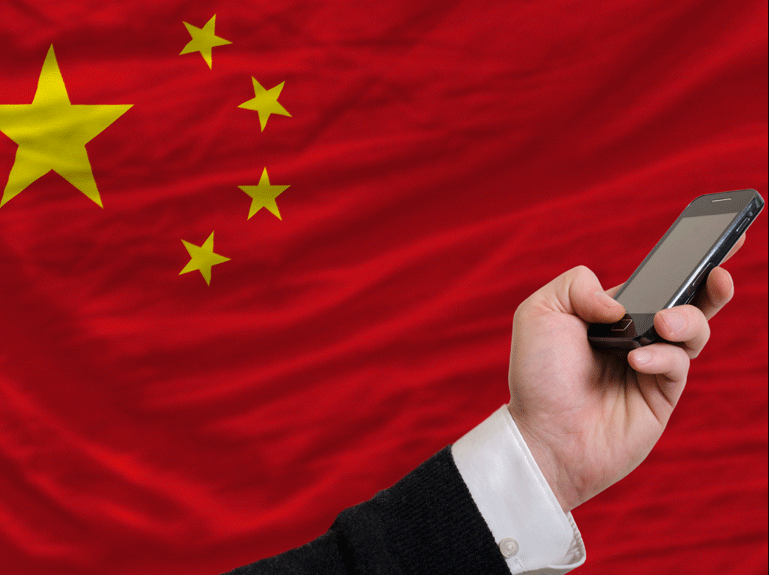
Samsung is the global leader when it comes to smartphone sales and market share, but that doesn't mean it's the leader everywhere. Being the most populated and prospective nation in the world, China is now one of the biggest markets for smartphones in the entire world as well. In spite of seeming like the perfect match for each other, Samsung's hold over the local market in China has been reduced to a mere 3% at the end of Q2 2017; the lowest for the company in any other nation where it has a significant presence.
If you are wondering why it is so, there are two main factors at play here. Firstly, the political relationship between South Korea and China is not going very well at the moment. This has resulted in a number of customers rejecting Korea-made products In favor of products from local manufacturers like Xiaomi, Vivo, Oppo, Huawei and the like. Secondly, the competition from the local manufacturers is too steep for Samsung to match up with them under the current situation. In fact, Apple isn't doing too well in the country either as their share in the Chinese market dropped from 8.5% to 8.2% in just a year. Nevertheless, the American company is still doing a lot better than Samsung, given that their market dropped from 7% to just 3% at the end of Q2 2017 in a quarter-on-quarter comparison with 2016.
Saikat Kar (tech-enthusiast)
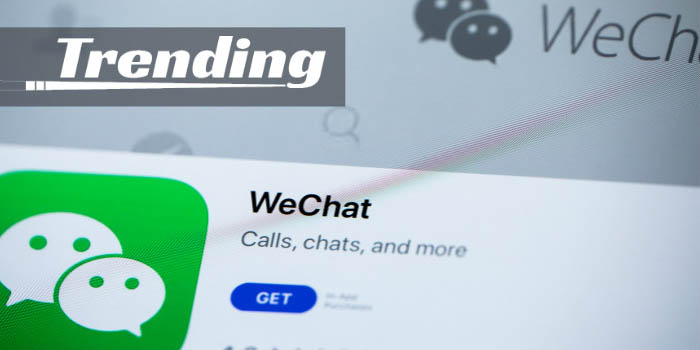
We all know about Trump's obsession to ban Chinese products and apps. And just recently, trump administration banned a popular Chinese social media app, WeChat. This new US sanction would force Apple to delete the app from its App store so no one could use it. The action taken wasn't appreciated by Apple and many other tech companies doing business with China as this may result in a significant setback from the Chinese public. A new report suggests that Apple plans to push back on the ban because of the negative impact company has to face due to the ban. A survey being conducted says that more than 95 percent of Chinese users would rather replace the iPhone with an Android phone than lose WeChat.
At the moment, it is not clear that if the ban on the WeChat app is strictly restricted to just the US App Store or applies internationally. Tencent, the parent company of WeChat, stated that they believe that the ban is limited to US states but the ban may need some clarity from the Trump administration. According to another survey at Bloomberg, around 1 million Chinese Apple users said that they would rather switch to an Android device than use an iPhone if they don't get WeChat. A HongKong user said that banning WeChat would make an iPhone into electronic trash. Another stated that all of his family members use WeChat for day-to-day communication.
A Wall Street Journal report also revealed that more than a dozen big tech and E-commerce companies are reluctant to accept the order including Apple, Ford, Walmart, and Disney. These companies are pushing back against the ban. They have decided to pursue and talk with White House representatives about the negative consequences of a ban that WeChat might have on their business. With WeChat being used to payments, E-Commerce, and marketing as well, the company is confident that US businesses may find it very difficult to sell smartphones in China without the app.
© 2023 YouMobile Inc. All rights reserved






